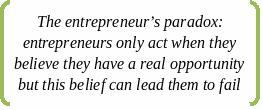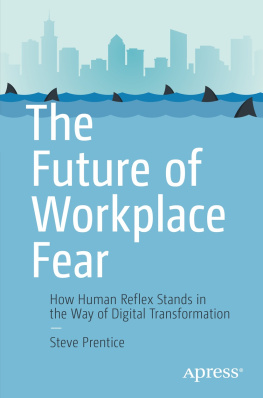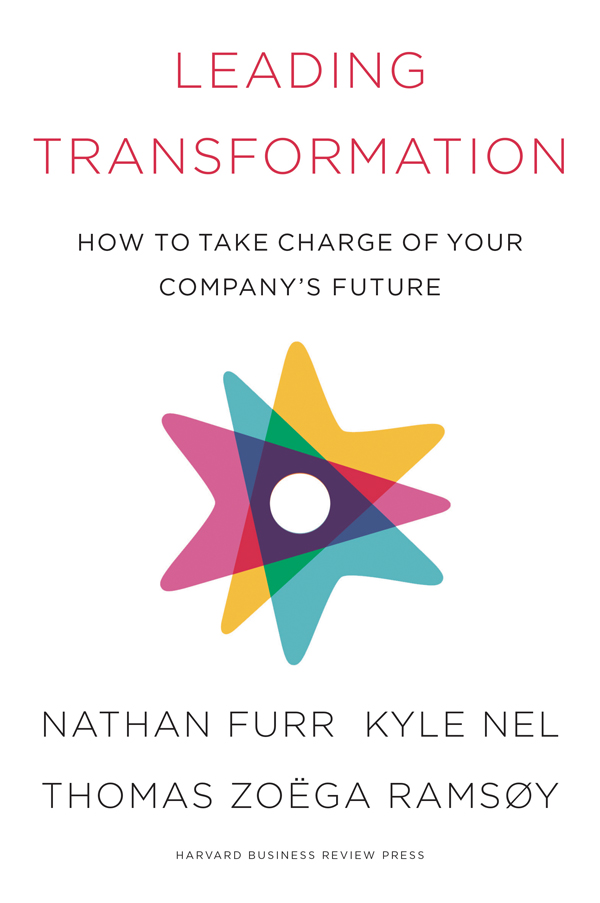Contents
Guide
Pagebreaks of the print version
Many leaders struggle to lead disruptive change. Leading Transformation provides new tools to overcome the old hurdles to success.
CLAYTON M. CHRISTENSEN, Kim B. Clark Professor of Business Administration, Harvard Business School; bestselling author, The Innovators Dilemma
Leading Transformation is the most original and thought-provoking book Ive ever read on how to design and inspire organizational change. The authors show how using proven tools from places I never expectedscience fiction, comics, and rap music, for examplecan fuel remarkable cultural and technological transformations. This is the rare business book that is fun to read, will make you think differently about leadership, and teach you new skills.
ROBERT SUTTON, Professor of Management Science and Engineering, Stanford University; bestselling author, Good Boss, Bad Boss and Scaling Up Excellence
In my first days as CEO of ING I was given some sound advice: think of yourself rather as the CSO, the Chief Storytelling Officer. Nathan Furr and his coauthors perfectly explain why this is true. Transformation starts with a visionary and compelling story. A story built on an aspirational purpose. A story that wins hearts and minds.
RALPH HAMERS, CEO, ING Group
Packed with inspirational stories, counterintuitive approaches, and practical tools, Leading Transformation is an absolute must-read for executives facing disruptive change. Science fiction, cartoons, neuroprototypes, and artifact trails are sure to become standard components of the strategists toolkit.
SCOTT D. ANTHONY, Senior Partner, Innosight; author, Dual Transformation and The Little Black Book of Innovation
Identifying breakthrough technologies that pose a threat or opportunity is one thinghaving the methodology, the courage, and the endurance to lead a transformation to deal with them is wholly another. Kyle Nels work at Lowes and the many examples of how to leverage behavioral economics and applied neuroscience make this book one of the most important guides for navigating the accelerating changes affecting businesses today.
ROB NAIL, CEO and Associate Founder, Singularity University
Leading Transformation gives business leaders new and practical tools required to make real behavioral change.
MARC GOODMAN, New York Timesbestselling author, Future Crimes
A provocative and compelling book that synthesizes the scientific research and experiential insight so well, it convinced me that the secret to behavior change often starts with counterintuitive storytellingboth for ourselves and when leading others.
PETER SIMS, founder and CEO, Parliament, Inc.; author, Little Bets
There has never been a more important time for organizations to prepare for the future and embrace an abundance mindset, and this book is an indispensable guide for how to do it. Its full of sci-fi inspiration and real-world examples to lead those of us who believe that our organizations can transform to create lasting change by changing behaviorboth within our organizations and within ourselves.
PETER DIAMANDIS, founder and Chairman, XPRIZE Foundation; cofounder and Executive Chairman, Singularity University
LEADING TRANSFORMATION
How to Take Charge of Your Companys Future
Nathan Furr, Kyle Nel, and Thomas Zoga Ramsy
HARVARD BUSINESS REVIEW PRESS
Boston, Massachusetts
HBR Press Quantity Sales Discounts
Harvard Business Review Press titles are available at significant quantity discounts when purchased in bulk for client gifts, sales promotions, and premiums. Special editions, including books with corporate logos, customized covers, and letters from the company or CEO printed in the front matter, as well as excerpts of existing books, can also be created in large quantities for special needs.
For details and discount information for both print and ebook formats, contact .
Copyright 2018
Harvard Business School Publishing Corporation
All rights reserved
No part of this publication may be reproduced, stored in or introduced into a retrieval system, or transmitted, in any form, or by any means (electronic, mechanical, photocopying, recording, or otherwise), without the prior permission of the publisher. Requests for permission should be directed to , or mailed to Permissions, Harvard Business School Publishing, 60 Harvard Way, Boston, Massachusetts 02163.
The web addresses referenced in this book were live and correct at the time of the books publication but may be subject to change.
Library of Congress Cataloging-in-Publication Data
Names: Furr, Nathan R., author. | Nel, Kyle, author. | Ramsy, Thomas Zoga, author.
Title: Leading transformation : how to take charge of your companys future / Nathan Furr, Kyle Nel, and Thomas Zoga Ramsy.
Description: Boston, Massachusetts : Harvard Business Review Press, [2018] | Includes index.
Identifiers: LCCN 2018017713 | ISBN 9781633696549 (hardcover : alk. paper)
Subjects: LCSH: Industrial management. | Leadership. | Technological innovations.
Classification: LCC HD31.2 .F87 2018 | DDC 658.4/063dc23
LC record available at https://lccn.loc.gov/2018017713
ISBN: 9781633696549
eISBN: 9781633696556
CONTENTS
Using Science Fiction and Strategic Narratives to Create a Compelling Story
Using Decision Maps and Archetypes
Using Applied Neuroscience and Future Key Performance Indicators (fKPIs)
New Approaches for a World of Uncertainty
ONE
How Companies Transform
In 2012, Lowes, the North American hardware retailer, was in a familiar spot. Despite being one of the leading home improvement retailers (selling hammers, paint, and other products to the $30 billion North American DIY and professional market), Lowes never seemed able to catch up to archrival The Home Depot, let alone be first in its industry. To make matters worse, a quick glance at a retail outlet map revealed an overwhelming sea of stores saturating the market. Searching for growth, Lowes had begun expansion forays into Canada, Mexico, and Australia. But results had been disappointing; an acquisition attempt had been publicly thwarted in Canada, while store closings and corporate layoffs were taking place in the United States. Meanwhile, several promising innovation efforts had fallen flat, leading to more losses and unfulfilled growth promises. As Lowes faced its future under the harsh spotlight of quarterly earnings pressure, the retailer seemed caught in the same bind that troubles so many other large companies: the company was big, profitable, risk-averse, and tethered by quarterly earnings. Its own success in retail meant that it lacked the motivation, capabilities, or support from shareholders to do something transformational. The future looked like more of the same; Lowes expected a grinding battle to try to break out of second place.
Fast-forward six years to 2018. Lowes has helped send the first 3-D printer into outer space, developed the first 3-D print and scan services in stores, and built some of the first 3-D imaging capabilities in the world.
In addition, Lowes reputation for innovation has risen dramatically. The company became an unlikely number one in retail innovation on the Fortune Worlds Most Admired Companies list and number one for AR or virtual reality (VR) on Fast Companys Most Innovative Companies list, even higher than the company that makes the leading 3-D development platform! Meanwhile, since 2012, the stock price increased nearly threefold, adding $45 billion in market capitalization to the company. But whats more important than all these measures, Lowes itself has begun to changefrom an ossified giant in the past to an agile, adaptable company taking charge of its future. By any measure, something transformational happened.







